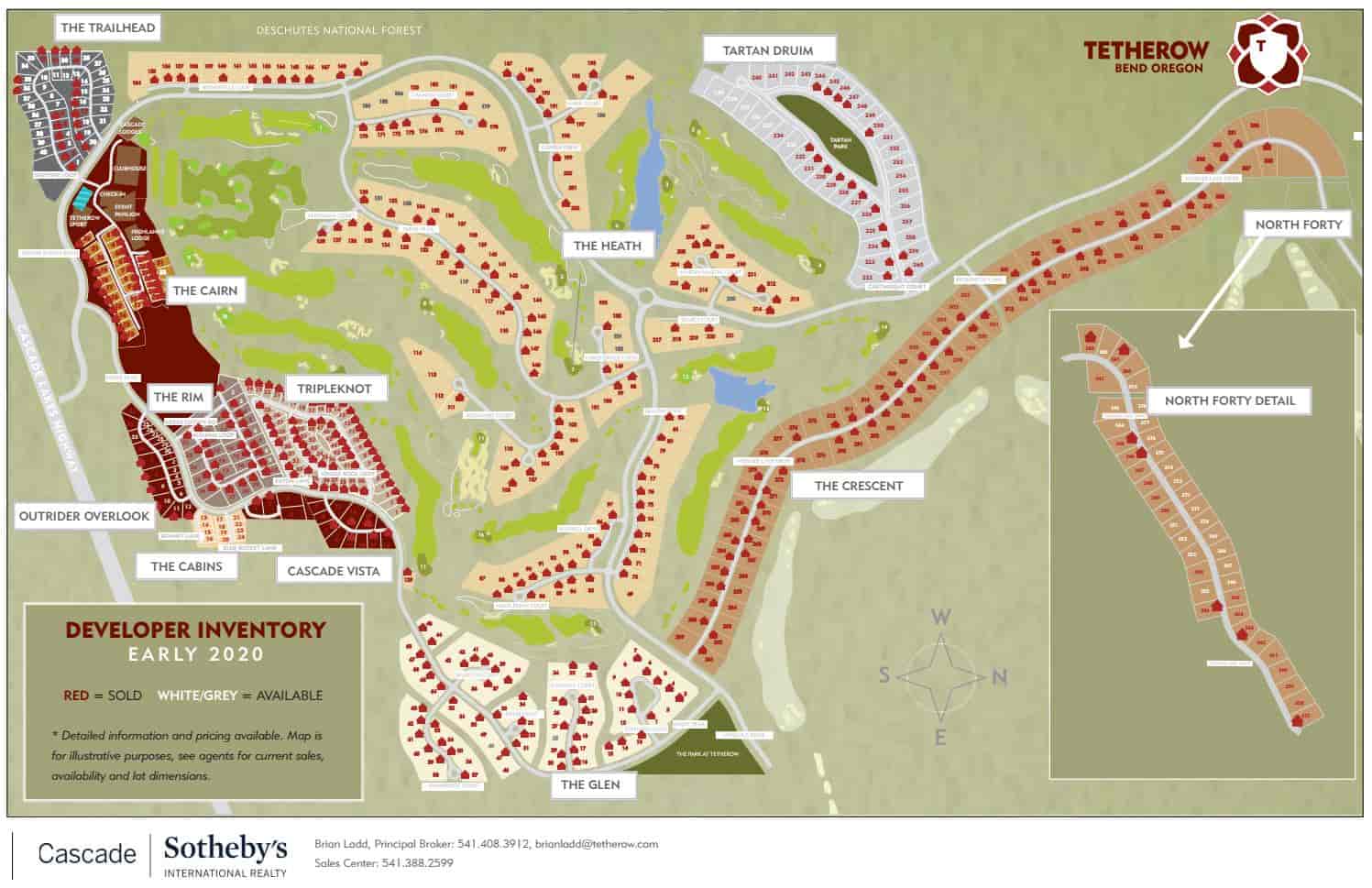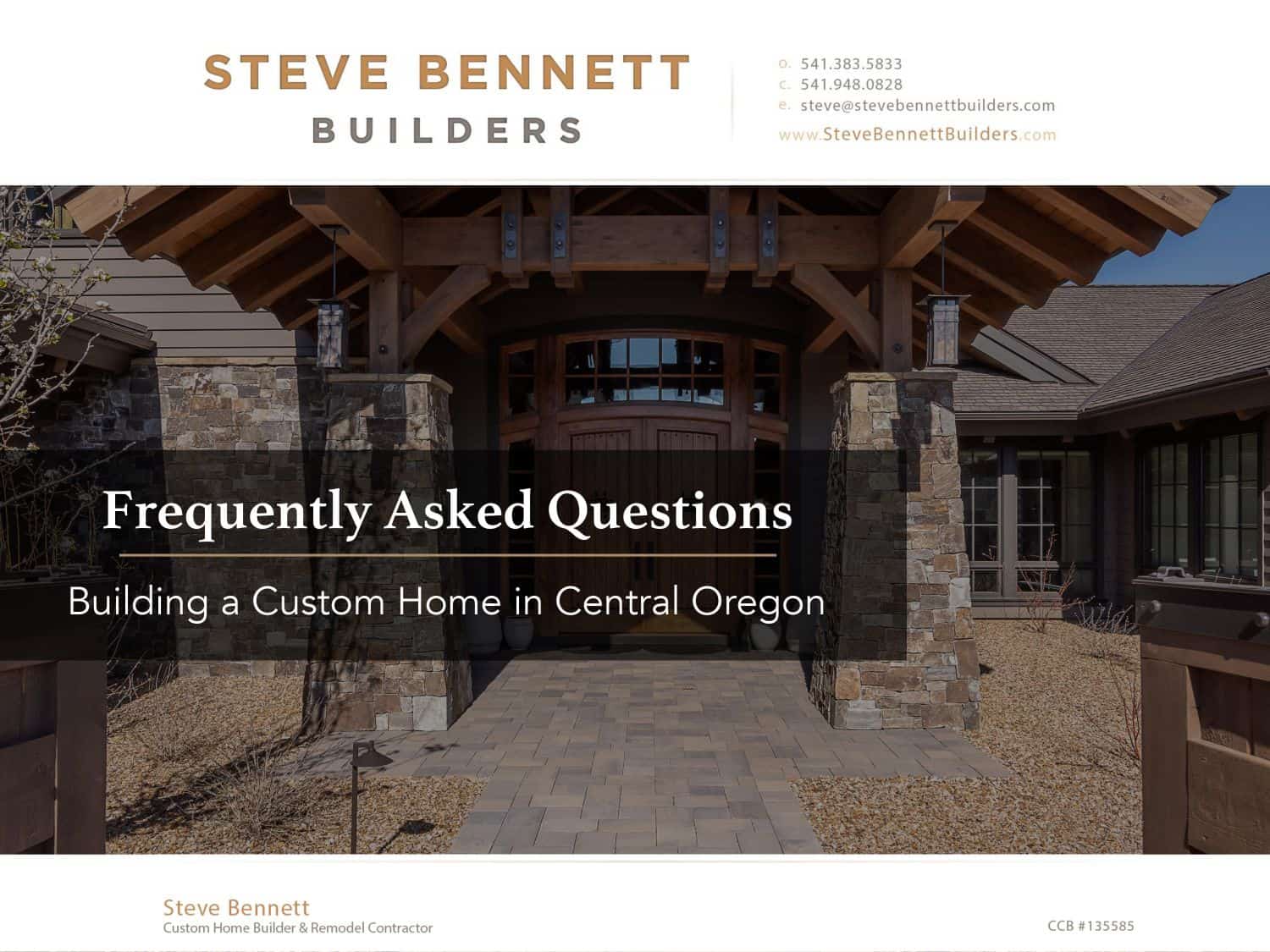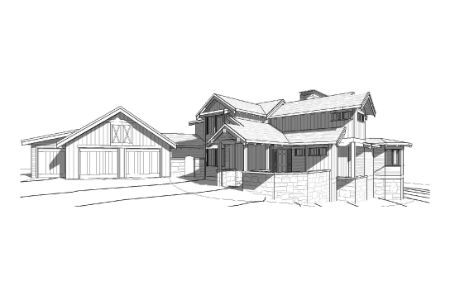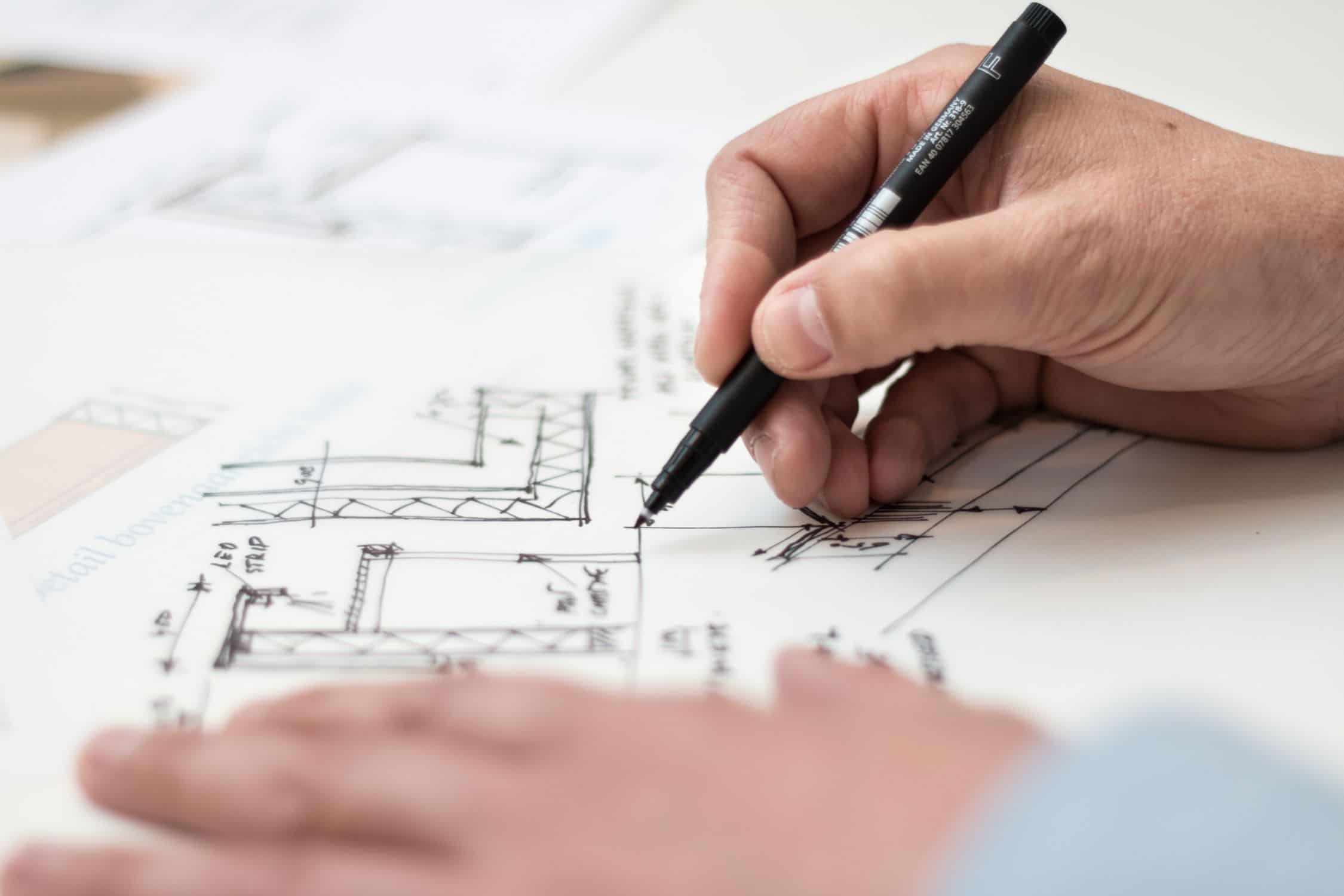Choosing a Lot to Build On
Below is a guide to help you when choosing a good lot to build on.
Summary:
- Know the development’s design review guidelines and CC&Rs before you buy
- Walk the lot, ideally with a builder or architect to envision views, sun exposure and potential setbacks
- Don’t over-think it: a great architect can make almost any lot work well
This is where it all begins: the lot. There is a moment that happens in the building process when you pull-up in your car to the lot that will ultimately be the spot where you will build your dream home. It’s exciting. Don’t let over-analysis get in the way of that excitement. Here is a simple guide to help you consider the pros and cons and identify potential setbacks of any lot.
It’s much easier to look at an existing home and evaluate the quality of the lot than to identify a great empty lot to build on. Unless you have decades of experience evaluating lots: in 40 years of building custom homes, I’ve learned a lot…about lots. Many “experts” will give you their (subjective) do’s and don’ts: ‘don’t buy a corner lot’, ‘don’t buy a lot on a steep slope’, ‘don’t buy a lot with an irregular shape’, etc. Guess what, IT DEPENDS. The good news is a great architect can maximize the pros of any lot and minimize or even eliminate most cons. Still, it’s smart to consider a few things before you buy your dream lot.
What should I look for when buying a lot? Here’s what to consider when choosing a lot:
Potential Setbacks: (how to tell a good lot from a bad lot for building)
- Site topography (natural impediments like volcanic rock; assessing trees and slope)
- Waterways and drainage
- Pre-construction site preparation
A good builder will be able to tell you what potential extra work would need to be done to prepare the lot to build. Site preparation certainly can be a challenge in Central Oregon. Volcanic rock is everywhere. Unfortunately, sometimes you don’t know what you’ve got until you start digging. After 25 years of experience building custom homes in Central Oregon, I can estimate this. Pre-construction excavation can be a large line item in the construction budget. It’s a good idea to know ahead of time how much site preparation will be needed.
Design Considerations:
- VIEWS
- Solar exposure
- Wind exposure
- Orientation
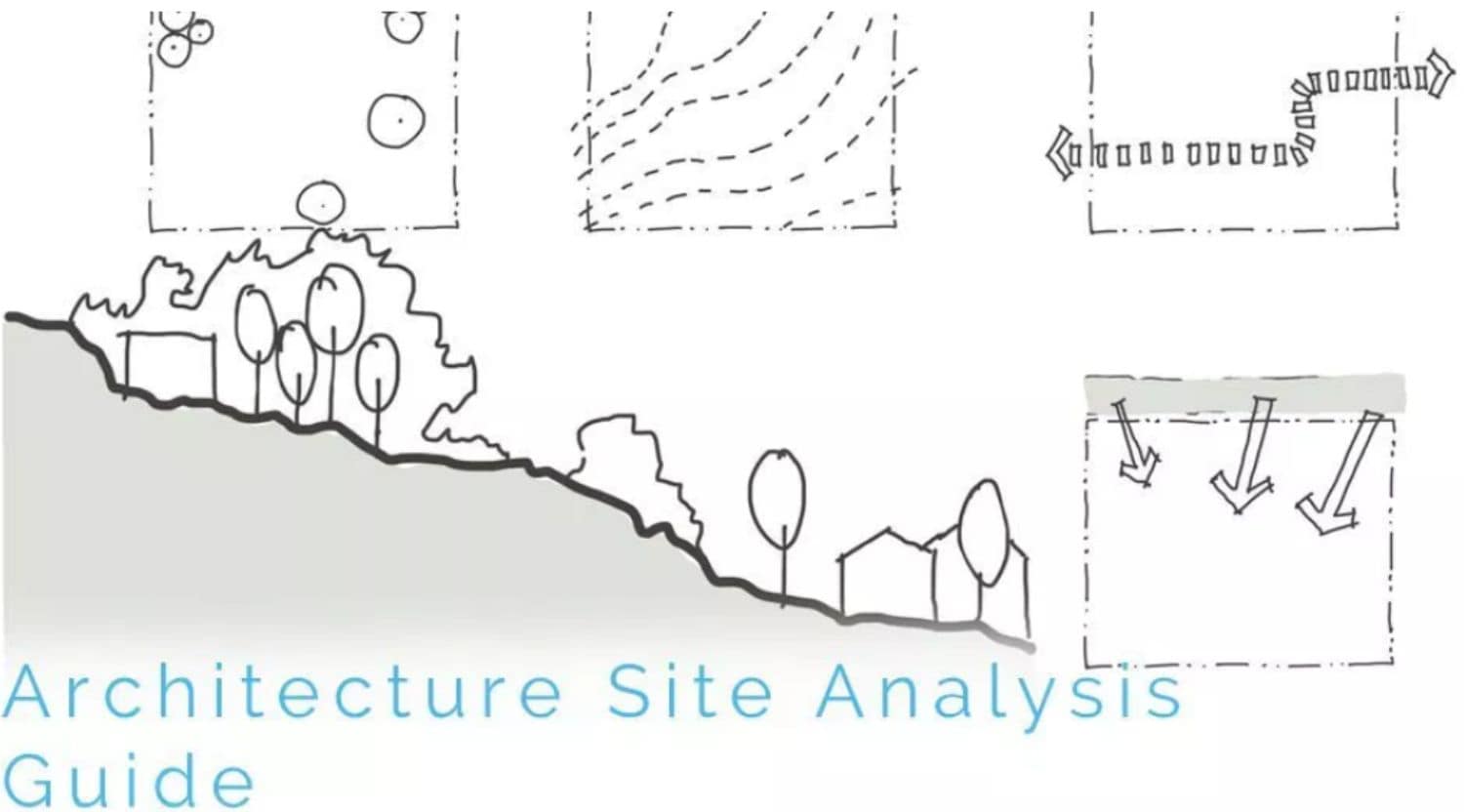
– Do you already own a lot in Central Oregon?
– Want to tour lots with a builder?
– We can help you with next steps!
Make sure you know the design guidelines and CC&Rs of the development you choose
How to pick a lot in a new development
If you decide to build in a specific development, for example Tetherow, Caldera Springs or Brasada Ranch, the development will have design guidelines and CC&Rs. It’s crucial that you understand these guidelines before you buy. The sales office will certainly be able to provide you with documentation but we, as your builder, are also more than happy to review these with you. After 25 years building custom home in Central Oregon, we know the vision and specific design guidelines and also have strong relationships with the members on the design review committees at these developments.
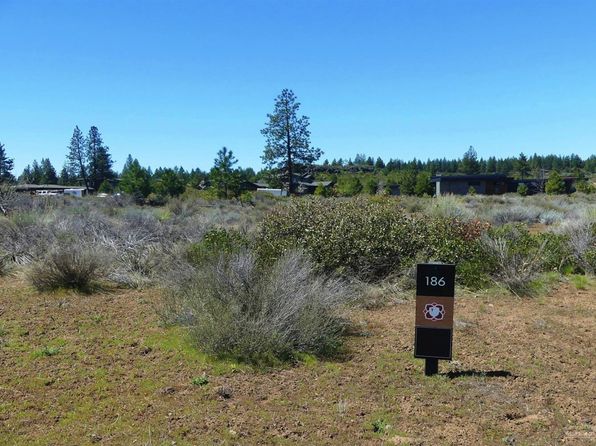
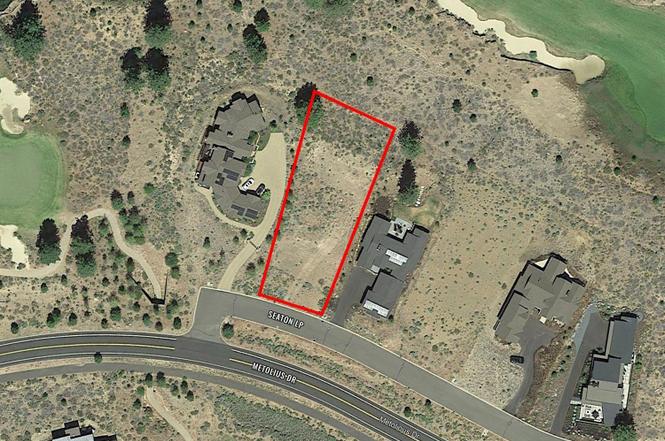
Formal site inspection options:
If you have the time and resources, you could order certain formal reviews of any lot:
- Site survey
- Percolation test / water table testing
- Bedrock test
- Architecture site analysis
Summary:
- Know the development’s design review guidelines and CC&Rs before you buy
- Walk the lot, ideally with a builder or architect to envision views, sun exposure and potential setbacks
- Don’t over-think it: a great architect can make almost any lot work well
Written by: Steve Bennett, Owner
Architectural Design Analysis diagram photo credit: https://www.firstinarchitecture.co.uk/architecture-site-analysis-guide-2/

